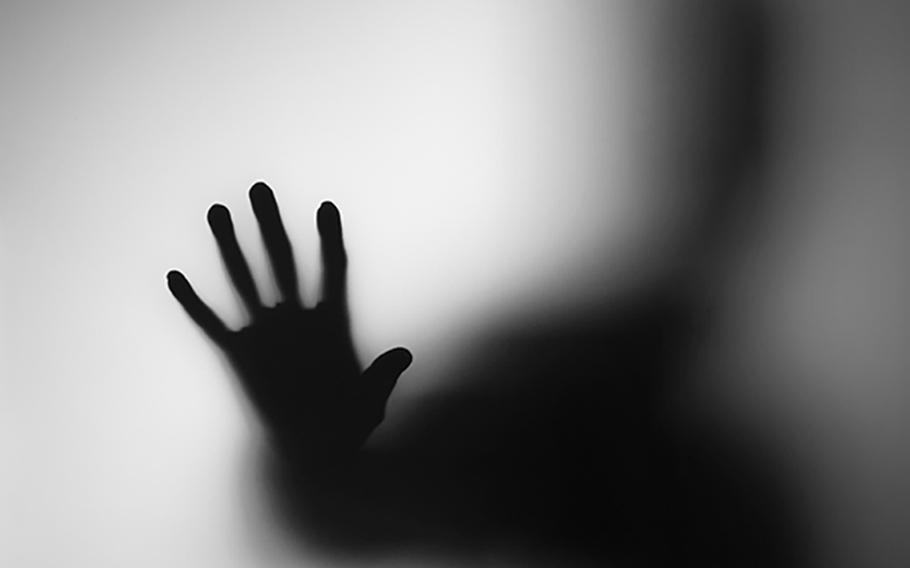(Tribune News Service) — A new study by researchers at the University of Hawaii at Hilo indicates combat duty had little effect on military suicide rates, and in some cases even correlated with a slight decrease in soldiers taking their own life.
The new paper, published in March in the academic journal Psychiatry Research, examined military and civilian suicide rates over the last 120 years. It followed up on a study published in the Journal of the American Medical Association in December 2019 that challenged the popular perception that the stress and trauma of war prompted military suicides.
“A lot of times, after that JAMA study came out, my colleagues and I were asked how this stacks up against the civilian population,“ said UH Hilo History Department Chair Jeffrey Allen Smith, one of the study’s co-authors. “And so that’s what we did here was we started looking into the civilian population and comparing it to the military.”
The data showed that military and civilian suicides mostly paralleled each other, both in war and in peacetime. Smith said the data suggests “it may be counterproductive to focus narrowly on military-related suicides apart from the larger societal context, including considering comparative rates among civilians and long-term historical data on suicide in both civilian and military populations.”
Smith and his co-authors, UH Hilo research assistant Ryan Hanoa, UH Hilo psychology professor Christopher Frueh and federal historian Michael Doidge, studied data from U.S. military health and personnel readiness reports and academic journal articles published from 1900 to 2022, while U.S. civilian population data came from the U.S. Centers for Disease Control and Prevention’s National Vital Statistics System.
An increase in U.S. military suicide rates in recent years has prompted calls for action from lawmakers and advocates. Smith said the lower rates of the 20th century created a perception that service members didn’t die by suicide as often as civilians.
“When you look at it, historically speaking, they might be referring to a time in which the rates were, historically speaking, abnormally low,“ Smith said. “And so what we might be actually returning to is what historically would have been the norm, which is the military rates following along with the civilian ones.”
During World War II and much of the Cold War, American service members had somewhat lower suicide rates than the civilian population. Those in the service generally felt at the time that what they were doing was important, though suicide increased in the later years of the Vietnam War as it dragged on and became increasingly unpopular.
But Smith said that’s not to suggest concerns about post-traumatic stress disorder, traumatic brain injuries and other trauma experienced during military serv ice are misplaced, noting that war has definitely had a profound impact on the mental health of individual service members. And though wars have at times given soldiers a sense of duty and purpose, when the conflicts drag on, that motivation may wane.
In the aftermath of the 9 /11 terrorist attacks and the early days of the global war on terror, military deaths by suicide initially declined. But as the wars in Iraq and Afghanistan dragged on, troops found themselves deployed to other far-flung combat zones such as Somalia and Syria. Some disillusioned veterans began calling them the “Forever Wars.” Suicide rates began rising again.
In August 2021, the war in Afghanistan came to a bloody and chaotic end as troops worked to evacuate Afghan civilians fleeing victorious Taliban forces. In the chaos, a terror bombing killed 13 American service members and at least 169 Afghan civilians. In retaliation, the U.S. military launched a drone strike the Pentagon claimed struck an ISIS bomb maker, only to admit weeks later that it had actually killed 10 Afghan civilians—seven of them children—and no terrorists.
A month later President Joe Biden told the United Nations General Assembly, “I stand here today, for the first time in 20 years, the United States is not at war. We’ve turned the page.” But troops remain in Iraq, Syria, Somalia and other countries conducting operations.
Less than 1 % of Americans currently serve in the all-volunteer U.S. military, with some veterans feeling the wars they fought have been largely ignored by Americans.
“There’s something about the ‘Forever Wars’ here that still isn’t fully understood, and so that sense of belonging and purpose is probably one of the things that would fall into those cluster of causes,“ Smith said.
Last year the military reported a reduction in suicides over previous years, but officials said they are still looking to ensure a “sustained“ reduction. Across the country, lawmakers and advocates have warned that America as a whole is in a mental health crisis. Many Americans report having fewer friends and feeling more isolated.
Smith said it’s not the first time in history that’s happened, noting that during the Industrial Revolution suicide rates increased, and that it “lines up with the U.S. population moving from a rural, agrarian-based economy and society to one that’s decidedly more industrial and urban.”
“We seem to be going through perhaps what could be described as like a digital revolution, and how that is seemingly upending society,“ Smith added. “That sort of technology and that digital revolution is impacting it again, for better or worse, and might be driving some of those rates again, too, as you go through another revolutionary phase.”
(c)2023 The Honolulu Star-Advertiser
Visit at www.staradvertiser.com
Distributed by Tribune Content Agency, LLC.

(Michael Kleiman/health.mil)